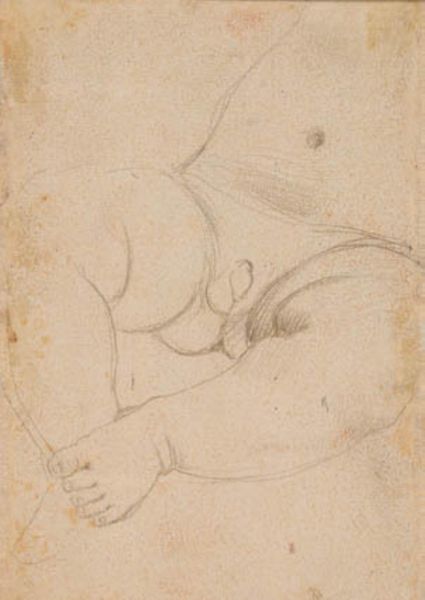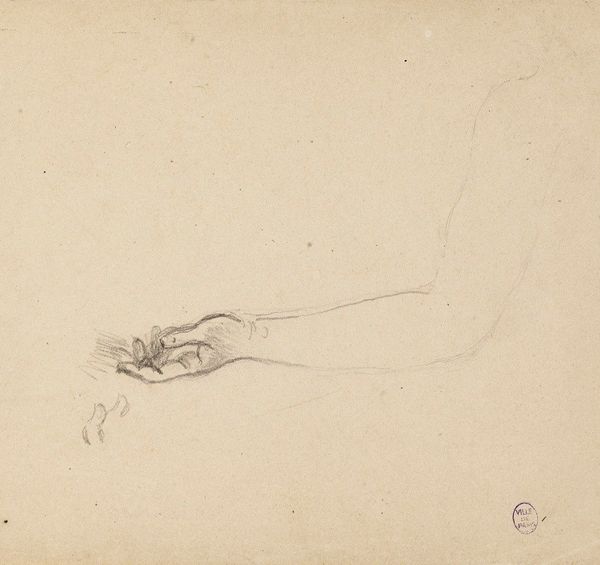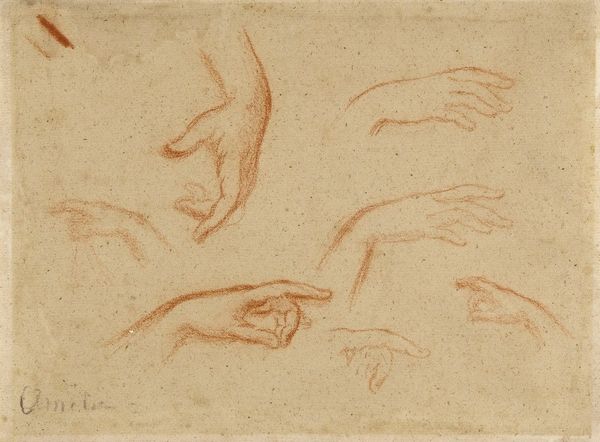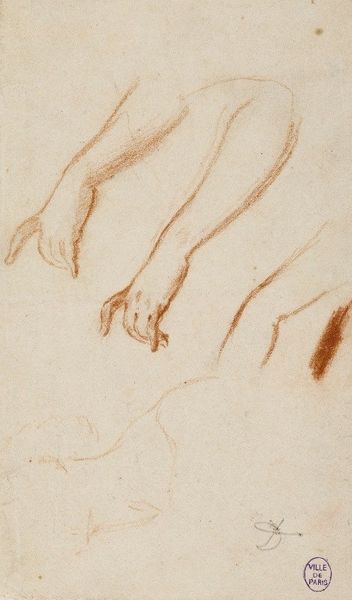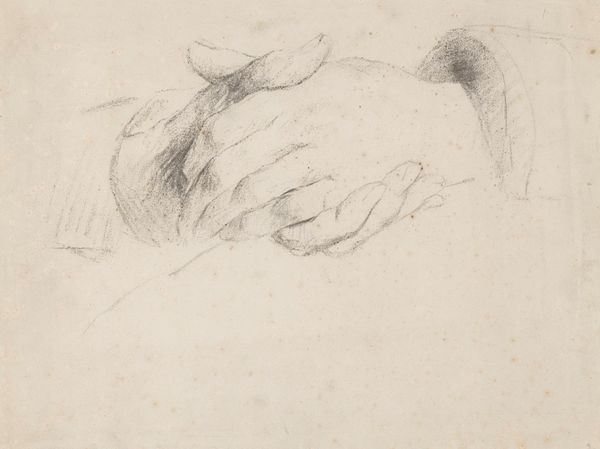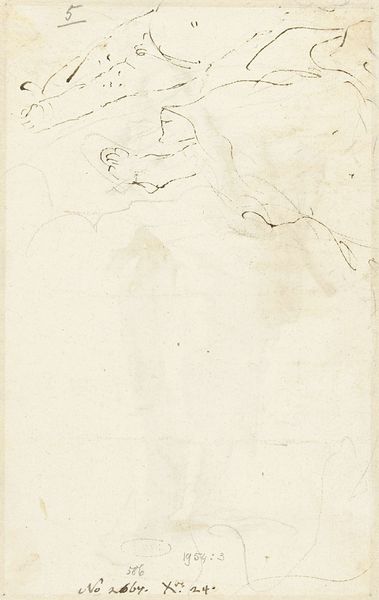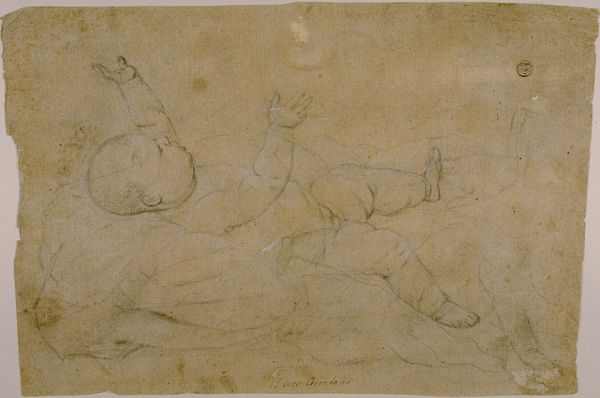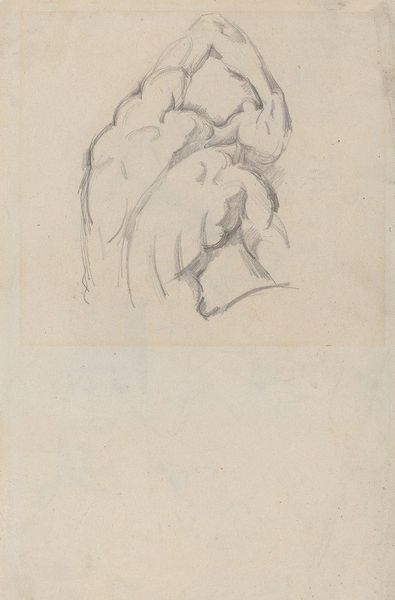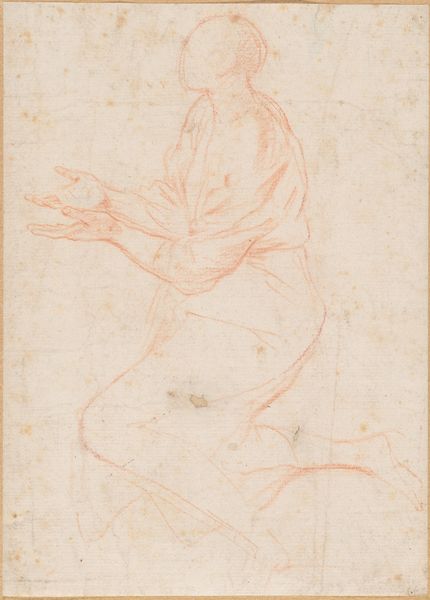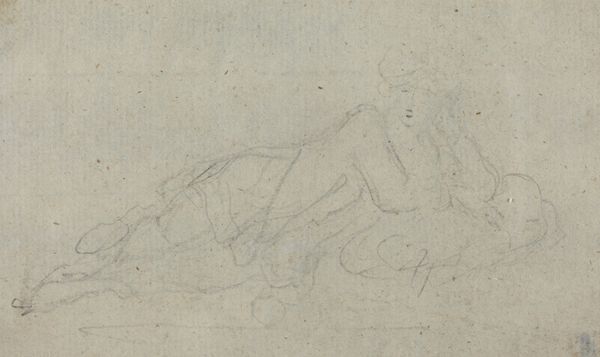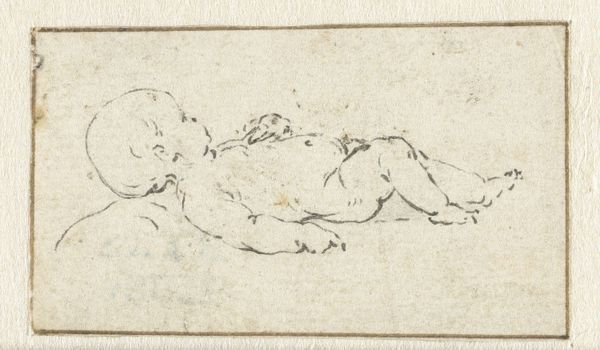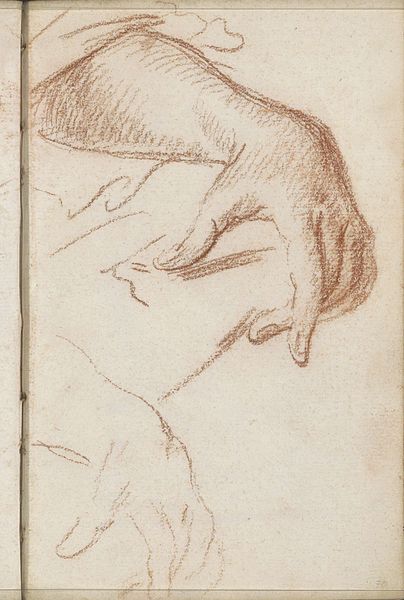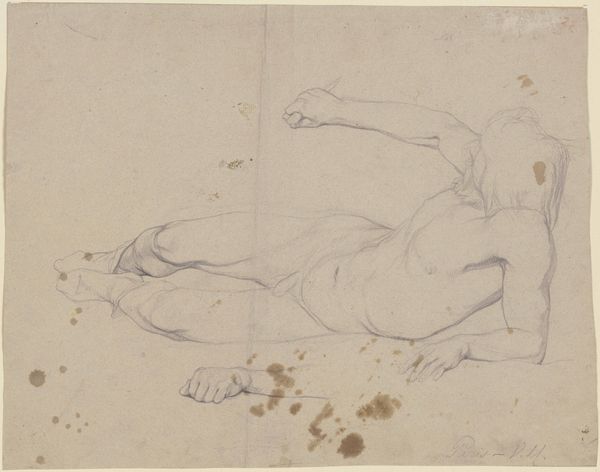
drawing, dry-media, pencil
#
drawing
#
figuration
#
dry-media
#
pencil
Copyright: Public Domain: Artvee
Curator: Looking at this preliminary drawing by Narcisse-Virgilio Diaz, titled "Etude de mains," a study of hands rendered with dry media, likely pencil. It evokes a certain Renaissance quality. What catches your eye initially? Editor: There’s an immediate delicacy and almost reverential feel to it, a focus that magnifies what often gets overlooked. The hands are both ordinary and somehow elevated. Are we seeing the artist's attempt at the hand that guides the brush, perhaps? Curator: It is a plausible observation, indeed! During the nineteenth century, art education moved to the formal spaces of the art academies. We have Diaz exploring the basics here, focused specifically on one of the more challenging aspects of figuration - the hands. The draftsmanship evident in this sketch speaks to an established set of academic traditions focused on anatomical accuracy and understanding form. Editor: Beyond that representational function, I see hands laden with meaning, from labor to prayer, to simply the gestures that define humanity. It's striking how potent even a quick sketch can be in summoning such a wealth of symbolic weight. Note also how the softness of the material allows the forms to softly emerge from the medium, which creates this sense of an apparition. Curator: Absolutely. Consider how this very process, the academic approach of developing skills, shapes the market for art. The skill, or its clear demonstration, became a clear aspect in measuring a work’s artistic value in academic circles of the period. The art market began, then, to reinforce specific skills honed at places like the French academy, which drove cultural norms tied to status. Editor: So the pencil sketches become a document and validation of that particular aesthetic pursuit. It’s interesting how even simple works can carry cultural weight, as you suggest, acting almost like sacred relics. How might period-specific understanding and reverence of craft be changing today? Curator: The rise of digital art, appropriation art and conceptual art challenge these market hierarchies. The museum finds itself renegotiating definitions of craft, redefining its purpose and the role it will play in reflecting value structures and traditions from centuries before and from our current day. Editor: I’m struck by how "Etude de mains", seemingly just a simple study, can open into a reflection on the nature of symbolism, representation, artistic formation and institutional structures, across time! Curator: Yes, an unassuming pencil drawing reveals that cultural meaning is created through production, market consumption, academic approach and even its space in museum walls, encouraging new stories across time.
Comments
No comments
Be the first to comment and join the conversation on the ultimate creative platform.
